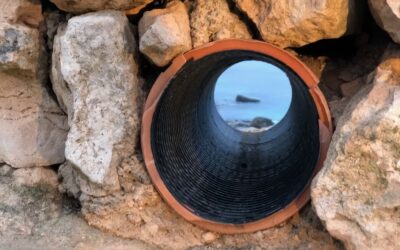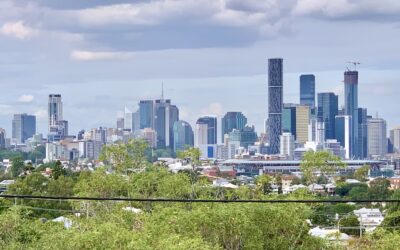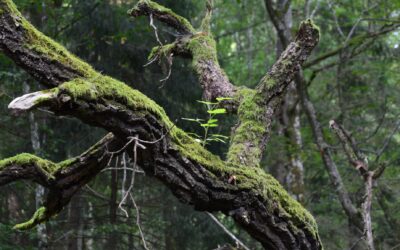MOVING EARTH
The Environmental Physiotherapy Association Blog features regular news, events and ideas on all things Environmental Physiotherapy.
The contributions presented in this blog do not necessarily represent the opinions and values of the Environmental Physiotherapy Association as such. Rather, they represent the thoughts and work of contributing authors and through these, an open and ongoing discussion of what an environmentally aware and responsible is, could and should be.
Please use our contact form if you are interested in contributing to Moving Earth: The Environmental Physiotherapy Association Blog. Contributions in any language and any format on all potentially related topics welcome! Please see our contribution guidelines at the bottom of this page. We appreciate your help in developing and advancing an environmentally aware and responsible physiotherapy profession across research, education and clinical practice.
¿Por qué la fisioterapia medioambiental? ¿Por qué la fisioterapia? ¿Por qué yo? (Parte I)
Cada acto consumado lleva inherente una pre-acción, la cual, en el mejor de los casos puede incluir un proceso reflexivo consciente. Esto es...
Climate change, biodiversity and sustainability discussed at the Australian national physiotherapy conference
Between the dates of the October 6-8 2023, Brisbane, Australia became home of the Australian Physiotherapy Association’s national conference, IGNITE...
Participate in a survey on nature prescriptions in musculoskeletal rehabilitation
Participate in a survey on nature prescriptions in MSK rehabilitation In partnership with the Environmental Physiotherapy Association (EPA),...
Embracing Nature: A Beach Exercise Session by Future Physiotherapists from Qatar University
As one of the first events following the joining of the Qatar University Physiotherapy program at the Department of Rehabilitation Sciences into the...
Erasure and forgetting: re-engaging the human in environmental well-being
As physiotherapists, we recognize that one of our primary concerns lies in the support of well-being, a concept that is typically viewed through an...
The intersection of climate change, mind-body medicine, mental health, & physiotherapy
While the physiotherapy profession continues to grapple with how to address an entrenched split between mind and body in health care, we are facing...
An integrative review of the evidence for Forest Bathing in the management of depression and its potential clinical application in evidence-based osteopathy
People working in healthcare, regardless of their training or profession, are often motivated in part by a fascination with complexity. This may be...
Duurzaamheid en zingeving in de fysiotherapie
Kleine stappen, grote betekenis Duurzaamheid in de fysiotherapie overstijgt het eenvoudig verminderen van de ecologische voetafdruk van individuele...
Hand in Hand We Can Make a Change: EPT student activities at Qatar University
Nature is a masterpiece, a symphony of colors, sounds, and scents. There is no doubt that this beauty is fading over time. Isn’t it time to start...
Let’s get out of the burning house! (…by changing our view of the patient)
Is changing our perspective of patients the place to start? At the first-ever Environmental Physiotherapy Festival 2023, I led a session on...
Environmental Physiotherapy Education Podcast
Environmental Physiotherapy on youtube
Moving Earth – Guidelines for blogposts:
Text, video, audio, image and other types of contributions in any language are all welcome.
If you contribute a text, we will need the following:
Text: 250-1000 words to be sent in a word doc. The text cannot contain numbered/bullet point lists.
Images: Please provide 3-5 jpg images that are relevant to your text. The images should have horizontal alignment, high resolution, and either be from your private collection or licensed as ‘free to share and use’. Do not embed the images in a text file. Send them as individual email attachments.
Please send images as separate files, rather than contained with the word document.
The EPA will not publish AI generated images.
Please make sure all images come with relevant citation information, including even a specific image link if they are downloaded from a website.
References: Use of references is possible, but not mandatory (always depends on your topic). If you use references, please do so using APA7th.
AI declaration: Please state clearly and in a separate section if and how AI was used in the creation of your blogpost
Regardless of contribution type, for the author info box, please also send us
A profile picture of yourself
Your current title and role
Max 40 word (2 sentences) text about yourself (check existing blogposts for some examples)
Your Linkedin handle (if you have one; alternatively a website through which people can find how to contact you)
We appreciate your effort and support in developing and advancing environmental physiotherapy in all of its facets, and look forward to reviewing your draft contribution!










